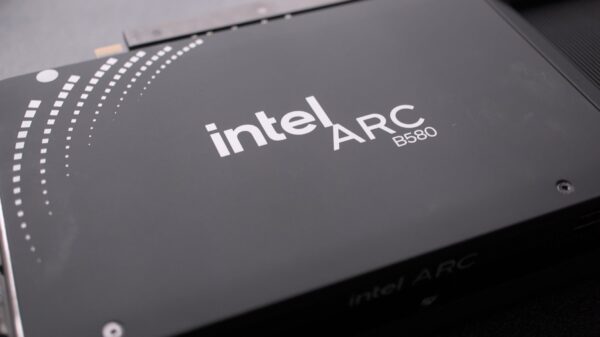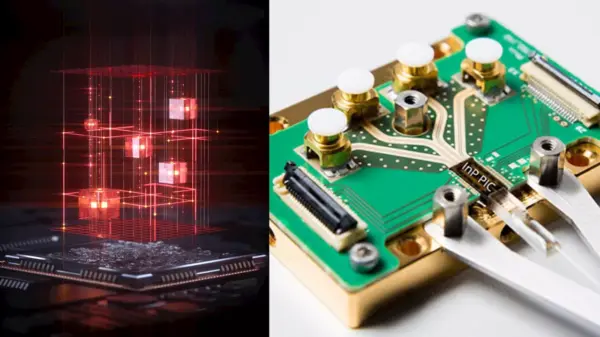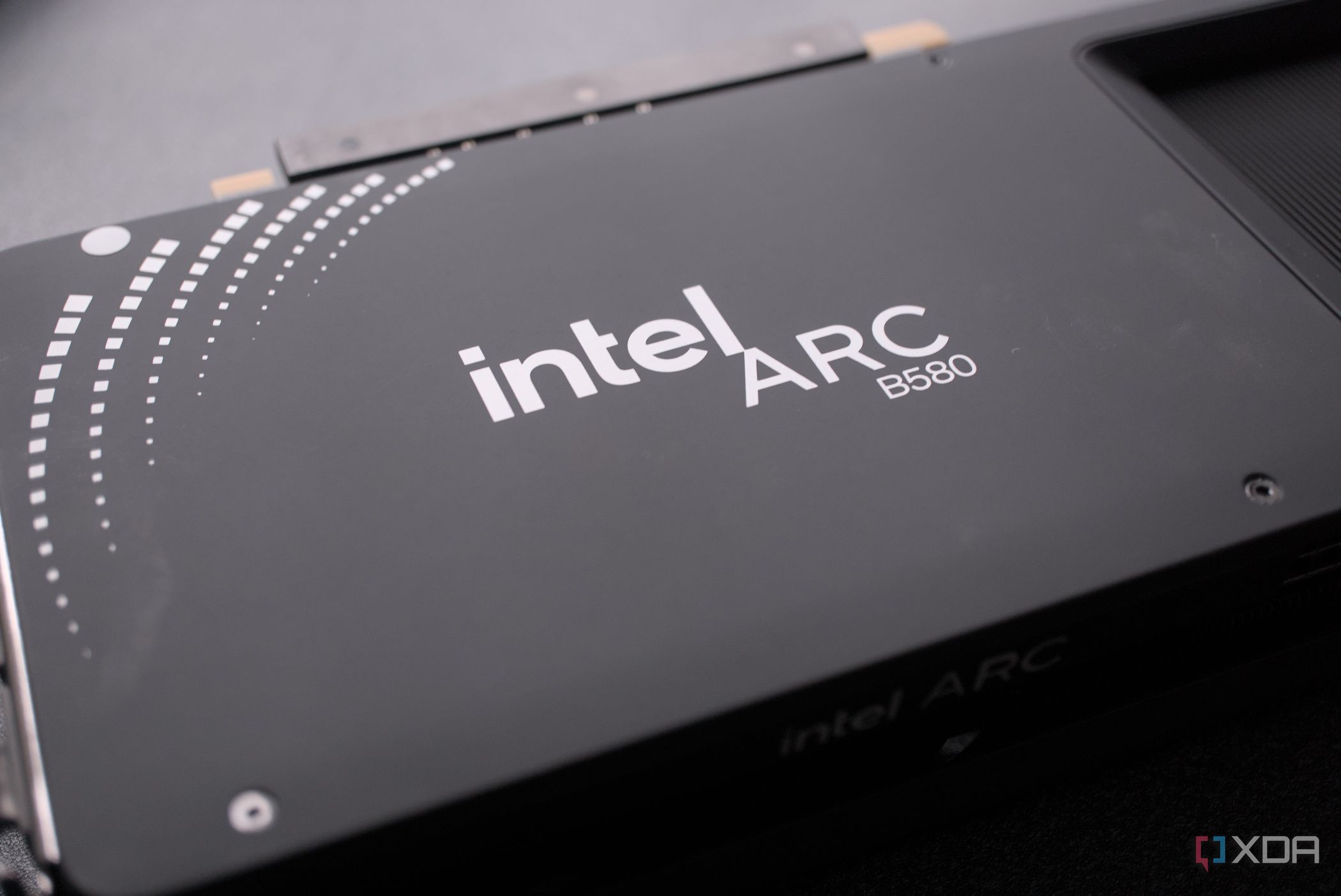New reports confirm that Intel’s Arc GPU lineup, particularly the Battlemage series, is poised for a significant shift in the graphics card market. However, before consumers invest, there are **three critical issues** that Intel must address immediately to ensure competitive viability.
UPDATE: Intel has captured attention with their latest GPUs, but the path to mainstream adoption is fraught with challenges. As the company seeks to carve out its share against dominant players like **NVIDIA** and **AMD**, the urgency for improvements in driver stability, upscaling technology, and price-to-performance ratios has never been more pronounced.
Driver Stability and Day-One Readiness
Intel’s recent advancements in hardware are commendable, but the software side still lags. The Battlemage GPUs, launched in **2024**, have shown promise, yet driver stability remains a significant hurdle. Despite achieving **87% day-zero support** across **39 titles**, the performance still trails NVIDIA’s near-perfect **95% support** for roughly **50-60** major games expected in **2025**.
This disparity raises questions about whether gamers should choose Team Blue, especially after past launch issues like the **Starfield** debacle, where optimization problems marred user experience. NVIDIA’s GeForce drivers continue to dominate for their reliability, making it crucial for Intel to enhance its driver ecosystem urgently.
Limited XeSS Adoption
While Intel’s proprietary **XeSS** technology shows potential, it pales in comparison to NVIDIA’s **DLSS**, which boasts support for over **700 titles**. With only **200-250** titles adopting XeSS, Intel’s upscaling technology appears to be a niche offering rather than a mainstream feature.
To compete effectively, especially with the anticipated release of the **Celestial series** GPUs, XeSS must rapidly evolve to rival DLSS 4.0. The recent announcement of **XeSS 3** with **MFG** is a step forward, but without broader developer support, many consumers may hesitate to commit to Intel’s offerings.
Price-to-Performance in Real Terms
Intel’s Arc B-series GPUs, including the **Arc B580** at a starting price of **$249**, initially impressed with their value proposition. However, as retail prices inch closer to the **RTX 4060 Ti** range, the advantages diminish. NVIDIA’s established ecosystem, superior driver maturity, and additional features like **DLSS**, **Reflex**, and **NVENC** make spending an extra **$30-$50** on NVIDIA cards seem reasonable.
For Intel to maintain its competitive edge, it must ensure retail pricing aligns closely with its initial value positioning. Without a clear pricing strategy and well-defined tier segmentation, Intel risks undermining its strongest selling point: high performance at competitive prices.
The Arc lineup signifies Intel’s ambition and capability to compete in the GPU market, but the company must address these critical issues to convert consumer interest into loyalty. As the GPU landscape evolves, the importance of driver consistency, ecosystem compatibility, and competitive pricing cannot be overstated.
The stakes are high, and gamers are watching closely. If Intel can effectively address these challenges, it stands a real chance to disrupt the long-standing NVIDIA and AMD duopoly. Until then, many enthusiasts remain skeptical, viewing the Arc series as a promising venture but not yet a compelling choice for their next build.
As the situation develops, it is clear that Intel’s next moves will be vital. Keep an eye on updates and announcements regarding their ongoing efforts to solidify their presence in the highly competitive GPU market.



































































